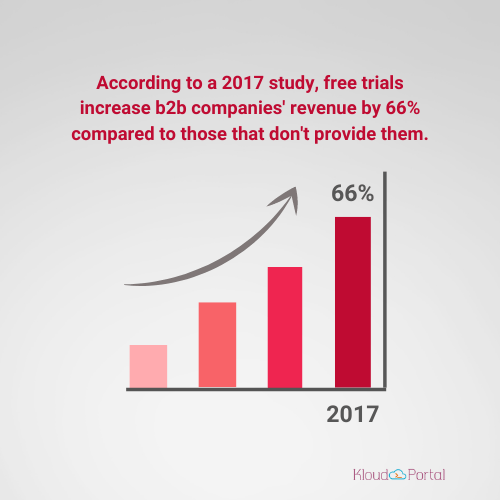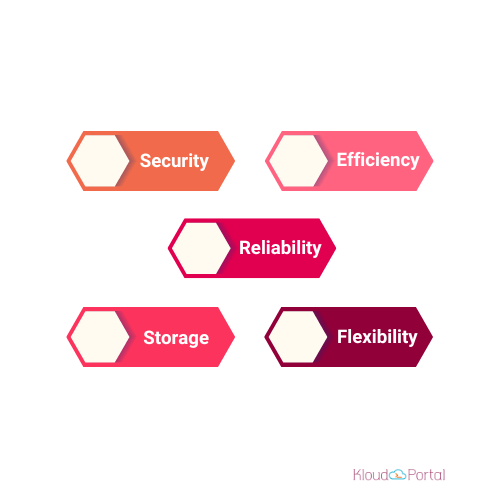
Top 6 LinkedIn Features For SaaS Startups
What we cover in this blog?
- Company Profile Page
- Company Product Showcase Page
- Employee Internal Marketing
- LinkedIn Sales Navigator
- LinkedIn Newsletters
- Leadership Profile
- Conclusion
Be it B2B or B2C startups, many founders are confused about how to leverage marketing efforts. While many digital marketing agencies offer standalone marketing techniques and strategies, I believe SaaS startups need to go deeper with their marketing efforts.
Many SaaS startups often come to us to understand the best marketing strategy for their SaaS Products. When we initially speak to them, we understand that 75-80% are more concerned about their visibility and reaching their target audience within a shorter period.
During our conversations with SaaS Product owners, we found that most of them are focused on the following:
- Increase in Subscriptions within the first two-three months
- Increase website form filling/inquiries/demo requests in the first couple of months of marketing.
Often these goals are unrealistic for any digital marketing agency to achieve, especially in a competitive product landscape.
Some startups are also under pressure from investors to show improvement in the product signups or improvement in market traction. These startups often use vanity metrics, which may eventually contribute to brand value, but are often ignored with short-term marketing efforts.
When it comes to choosing the correct or right marketing channels, founders are often found to be confused about which channel to choose.
What best works for a SaaS Startup is advertising on social media channels like Google, Facebook, LinkedIn, or Twitter, blogging on their product website, writing a guest blog on other websites, or investing in SEO. What best works for a SaaS Startup? This question often keeps haunting a startup founder.
We make our strategy recommendations based on the target audience that a startup product caters to. And with our experience working with many SaaS Startups, every strategy we offered was different and suited to the startup’s needs.
Here let us discuss the B2B SaaSStartups.
It is known to everyone that LinkedIn is the best channel for a SaaS Startup, especially if they are targeting business owners or decision makers of corporates. But how can Startups leverage LinkedIn’s tools or features? Here are a few tips that we would recommend.
1. Company Profile Page
- Every Startup should maintain a company page on LinkedIn. Social Media channels like LinkedIn and Facebook allow business owners to create their own company/business pages. Now how to create a company profile page on LinkedIn?
- Here are a few steps:
- Go to your LinkedIn Profile, and under the dropdown, you will find an option to create a company page. Click on it and start entering the details as requested.
- Make sure your company page covers the following details:
- About Your Company
- Year Founded
- Number of Employees
- Industry Segment
- Company Cover Image
2. Company Product Showcase Page
- Company Product Showcase Pages are often ignored feature on LinkedIn. The showcase page in fact allows you to project your product in a much simpler format.
Allowing you to give a brief about the product features and pricing, it allows you to also build followers for a particular product.
3. Employee Internal Marketing
- This is a differentiator of LinkedIn where it allows you to recognize top performers in your organization and tag them to your company page.
Leveraging this feature has enabled us to reach far and further network of connections on LinkedIn. With this leverage, we not only reach our employee network, but also their 2nd and 3rd level connections who are following our updates regularly.

4. LinkedIn Sales Navigator
- The power of LinkedIn Sales Navigator has allowed us to not only reach our network of connections but also reach a deeper audience, whom we couldn’t have reached with just a social network.
- LinkedIn Sales Navigator allows you to filter your audience at several levels. You can search for your target audience by location, industry, decision making level and connection level.
This feature of LinkedIn has really helped us reach far-flung companies, which essentially were unreachable otherwise.LinkedIn’s in-mails are a must use feature that allows you to send multiple in-mails to our target audience.
5. LinkedIn Newsletters
- Another very significant addition to LinkedIn in recent times is LinkedIn Newsletters. Initially rolled out for a few companies, now this feature is available to all the companies having a LinkedIn Company Profile Page.
- How to Use LinkedIn Newsletter?
LinkedIn Newsletter is an important addition to a company page from a marketing standpoint. It not only helps companies tell the professional world about your company’s latest happenings and achievements but also allows you to build a brand around it.
Sending weekly/monthly/quarterly newsletters on e-mails had become redundant in the last few years. Mostly perceived as a lead generator on the websites, this feature had lost its value in recent times.
Newsletters have been replaced with cloud-based solutions like LinkedIn Newsletter, which allows all your followers to know the happenings in your company and keep them engaged.
6. Leadership Profile
- After having worked with many startups on their strategic marketing initiatives, we found that LinkedIn Leadership profile marketing is one of the most ignored strategies.
- Startup founders are either too much into social media or are absent from the social media scene. Some founders were found to be reluctant to market themselves. While they speak everything around the world, but nothing about their product or service.
Leadership profile marketing is essential for product marketing, brand building, and giving directions to your followers about your products and services. Visionary leaders have always led from the front and focused on how they present themselves to the market.
In conclusion, LinkedIn plays a significant role in B2B SaaS Product Marketing efforts.
Leveraging the LinkedIn tools, helps you build a brand for your B2B Startup and falls in the eyes of the right professionals. Though many marketing agencies do talk about LinkedIn Marketing for B2B SaaS, the right approach tailored to your business is rarely found.
At KloudPortal, we are focused on helping our customers with result-oriented marketing strategies. We also write curated articles to help our clients and industry experts acquire knowledge on the latest Marketing trends across all the industry segments.
Now that you are here, why not check out our other articles [7 Tips to Create an Effective LinkedIn Marketing Strategy] & [How to create the best B2B SaaS marketing strategy?]. If you would like to work with us for your marketing needs, please reach us here.














